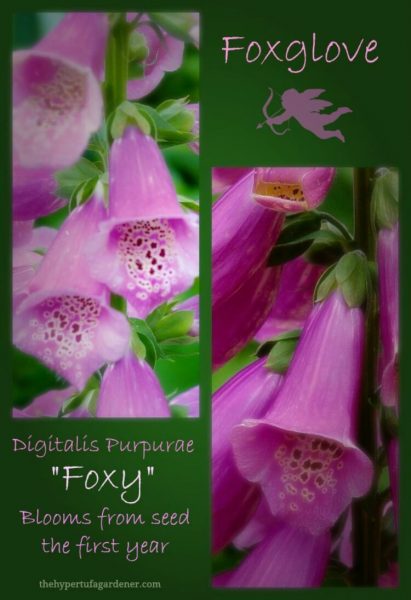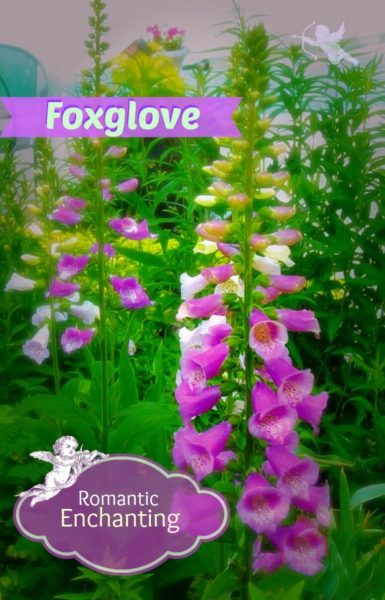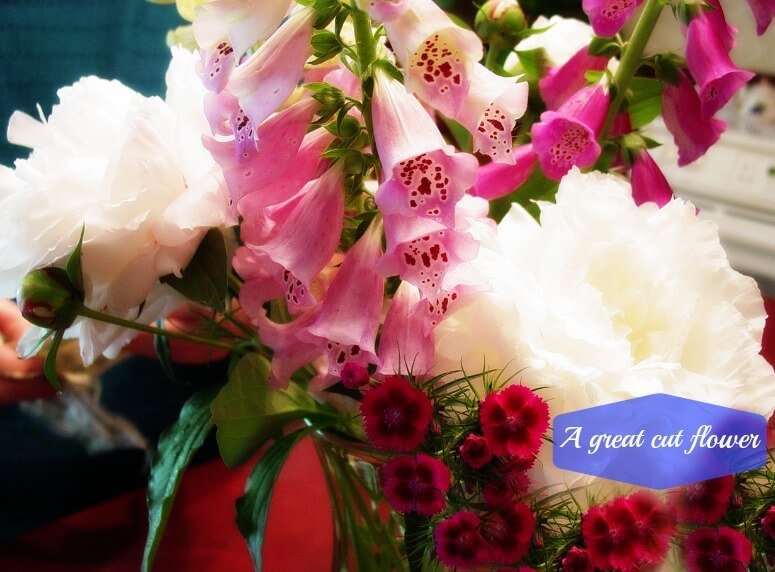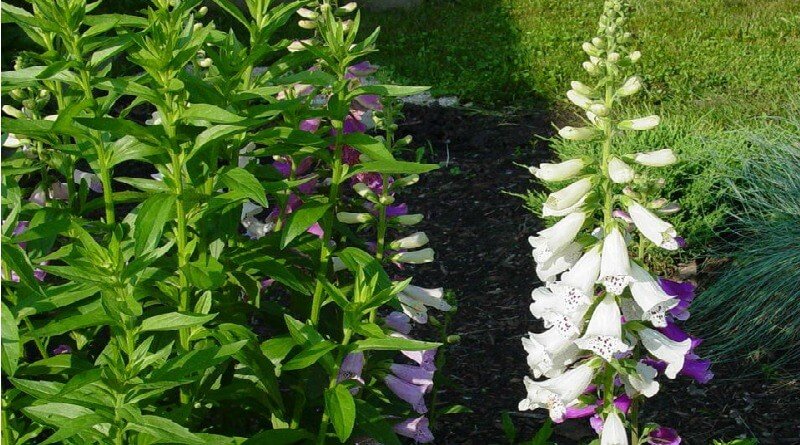Enchanting and Beautiful – The Foxglove
A drift of foxglove in a garden is one of the most beautiful sights I have ever seen. These enchanting and beautiful flowers are awesome. Plant them early this year and you will want them every year. They will re-seed and keep coming back. Typically, foxglove is a biennial, meaning it grows a rosette of leaves only the first year, and the following year produces a stem and flower from that rosette.
But there are varieties that will bloom the first year such as Foxy, Camelot, or Dalmatian. Sometimes these varieties are hard to find but worth the hunt. So get some seed started now and you can have them every year.

I am including some affiliate links to Amazon. This means that if you make a purchase on Amazon by going through my link, I may earn as small commission at no cost to you. If you have further questions about this relationship, please see my Privacy Policy & Affiliate Disclosure page.
Link to foxglove plants & seeds.
I have grown these flowers from seed several times and I fall in love with them over and over again. They are a strong and upright plant growing from a basal rosette. It’s best to plant them in an area where they are protected from strong winds.
The flowers are bell-shaped or tubular which is a favorite look I love. The small tubes hang downward facing the ground, almost like little caps. Hummingbirds and bees and butterflies love these flowers. And those little spots are fairy footprints!
A foxglove can be deadheaded by cutting the spent flower stem off at the base. It will send out shoots which will re-bloom, though the new blooms will be smaller than the main one had been.
Foxglove are beautiful cut flowers and look wonderful with peonies and roses. What more could you ask? The freckled inside is really cute and contrasts with the other flowers you may plant nearby.

Pair Foxglove with These Plants
Foxglove looks good with hostas by adding height to the bed while you wait for the hosta to blossom. But other green foliage plants look nice such as Lady’s Mantle. (Am I stuck on Lady’s Mantle?) The foliage and flowers of peonies make a nice dark green contrast with foxglove and they can be cut together along with the dianthus . You can see how well they go together in this arrangement I put in this vase last year.
The foxglove gets its common name from the shape of the flowers which resemble the fingers of a glove. And the story goes:
….there is a northern legend that bad fairies gave these blossoms to the fox that he might put them on his toes to soften his tread when he prowled among the roosts…. The earliest known form of the word is the Anglo-Saxon foxes glofa (the glove of the fox)...http://www.botanical.com/botanical/mgmh/f/foxglo30.html
Warning: Due to the presence of the cardiac glycoside digitoxin, the leaves, flowers and seeds of this plant are all poisonous to humans and some animals and can be fatal if eaten.

Try some of these beautiful foxglove plants this year and you will be hooked. If you want flowers this year, be sure to pick up some seeds and get them planted early. Here is a link to some seed sources for Foxglove. These are a tall and majestic plants, so place them accordingly. You will not be sorry. Try for a variety that typically bloom the first year.
Do you have these in your garden? Don’t you just love them?


